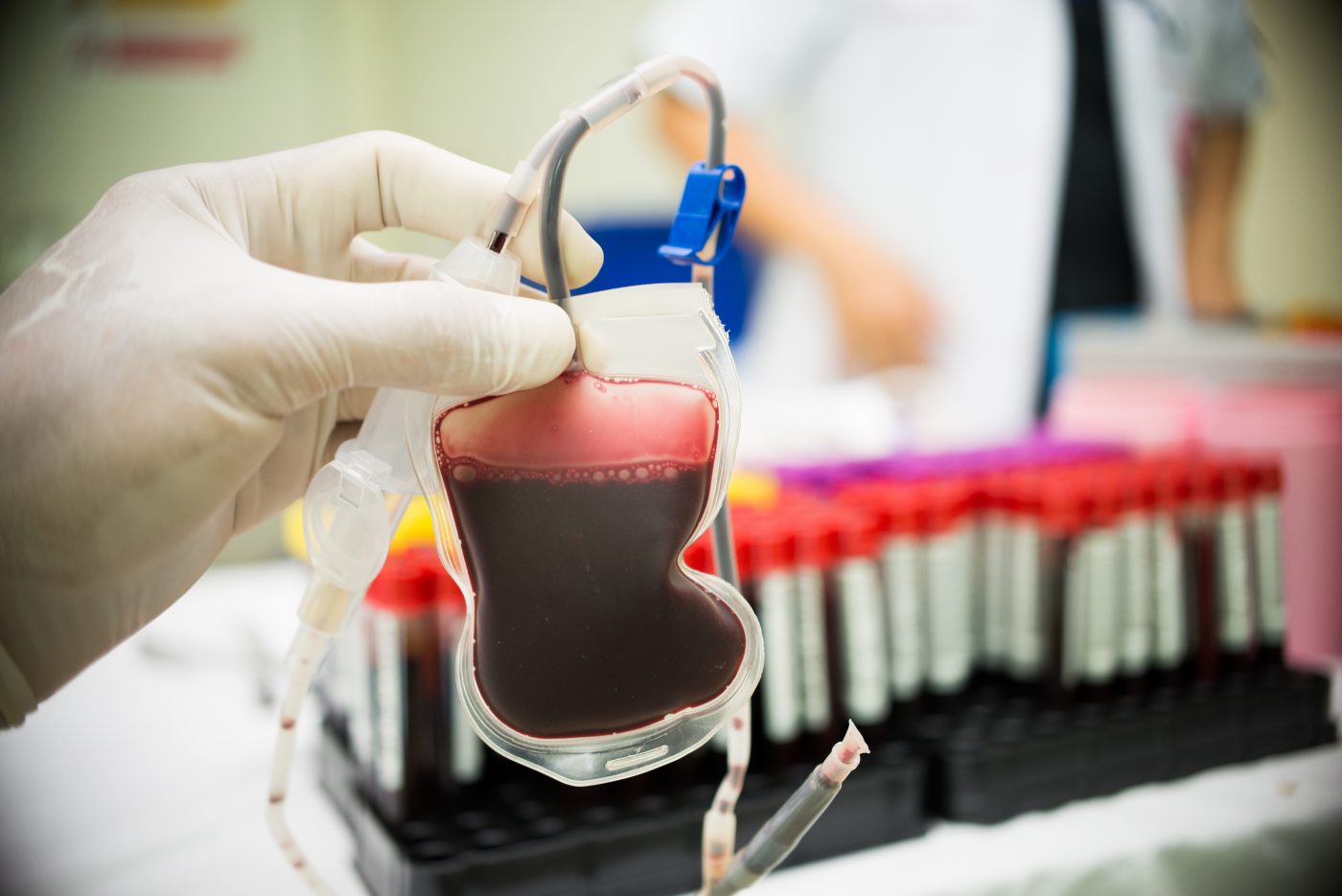Stem Cell Transplant Seen to Aid Skin and Lung Health in Severe SSc
Written by |

A stem cell transplant can lessen skin thickness and improve lung function in people with scleroderma, a longitudinal study found.
These findings are in agreement with previous reports, its researchers state, and they support the use of stem cell transplants as a treatment option for patients with severe and progressive forms of the disease.
The study, “Hematopoietic stem cell transplantation for systemic sclerosis: Brazilian experience,” was published in the journal Advances in Rheumatology.
For more than 20 years, autologous hematopoietic stem cell transplants (HSCTs) have been explored as aa potential treatment for severe and progressive forms of scleroderma, also known as systemic sclerosis (SSc).
Its goal is to eliminate patients’ overly reactive immune cells, which are responsible for inducing SSc symptoms, and replacing them with less reactive cells. This is achieved by first using conditioning regimens, such as chemotherapy, to make room in the patients’ bone marrow for healthy blood cell progenitors that will give rise to less reactive immune cells.
In the case of autologous HSCTs, these blood cell precursors — also known as hematopoietic stem cells — are collected from an individual before the start of treatment and stored until their conditioning regimen is completed.
Previous studies have reported that autologous HSCTs can ease skin thickening and help stabilize, or even improve, lung function in SSc patients. Others also report that stem cell transplants can prolong survival, lower disease activity, and improve overall quality of life.
Researchers in Brazil conducted a longitudinal study that documented the clinical outcomes of 70 adults (57 women and 13 men, median age of 35.9) with severe, progressive and treatment-resistant SSc. All underwent autologous HSCT at a single Brazilian center from 2009 to 2016.
After their blood cell progenitors were harvested and frozen, these patients completed a conditioning regimen that included the chemo agent cyclophosphamide, given alongside antibodies to prevent transplant rejection. The blood cell progenitors that had been collected earlier were then infused back into patients.
Each study patient was evaluated before the transplant, and again six months after the procedure. Annual evaluations were also given for at least the first five years post-transplant.
At each evaluation, physicians assessed skin thickness, based on the modified Rodnan’s skin score (mRSS), and lung function through several measures.
Of the 70 people initially included in the study, 66 had available long-term follow-up data.
Before the transplant, nearly all patients had extensive and widespread skin scarring (96%) and interstitial lung disease (84.2%). More than half (67%) also had anti-topoisomerase I antibodies — self-reactive antibodies often found SSc patients — in their bloodstream.
Over five years of follow-up, patients’ mRSS scores dropped, indicating a reduction in the distribution and severity of skin thickening.
“The most clinically detectable outcome of HSCT is the improvement of skin thickness, assessed by mRSS,” the researchers wrote. “This is a consistent finding across studies on HSCT for SSc, as skin thickness decreases significantly, especially in the first 6 months after HSCT.”
Lung function in the 66 patients with long-term data tended to stabilize after the transplant, as assessed by forced vital capacity (FVC) and diffusing capacity for carbon monoxide (DLCO). (FVC measures the total amount of air a person is able to exhale after a deep breath, while DLCO measures how much oxygen is transferred from the lungs to the bloodstream.)
Notably, a subgroup of 51 patients with signs of lung disease progression prior to the transplant showed significant FVC and DLCO improvements over the five years of follow-up.
Survival rates tended to drop over time, but remained above 80% until the eighth year of follow-up. The percentage of patients who showed no signs of disease worsening also remained above 70% over these eight years.
Thirteen deaths were reported: three due to transplant-related toxicity, nine to SSc relapse, and one to a blood clotting disorder (thrombotic thrombocytopenic purpura).
“The survival and disease outcomes here described are in accordance with those reported by other international transplant centers,” the investigators wrote. “Conventional treatment options for SSc have still limited efficacy in promoting disease control, and HSCT stands as an alternative for selected patients with severe and progressive disease.”





